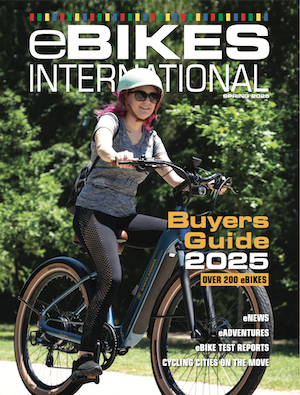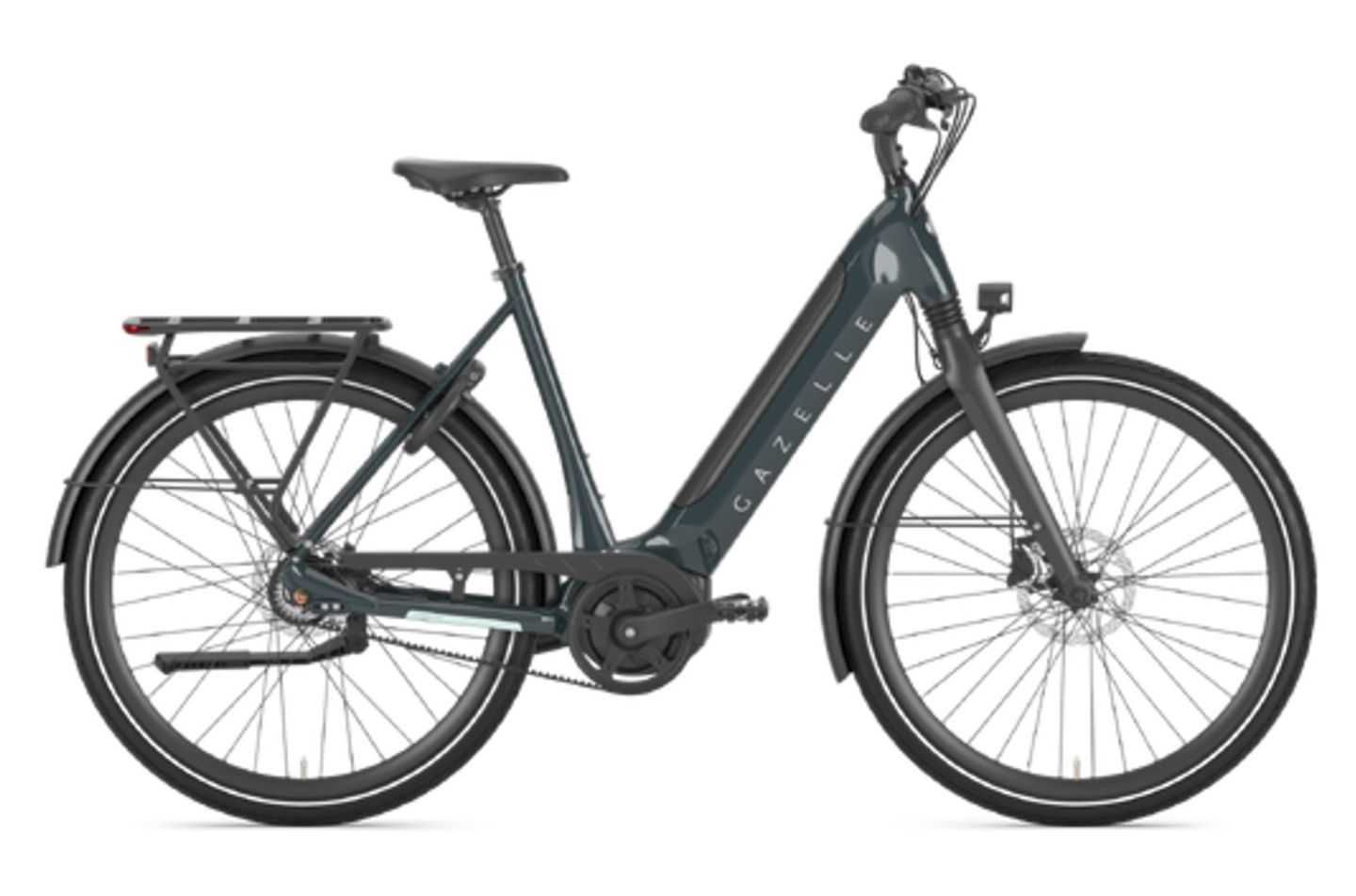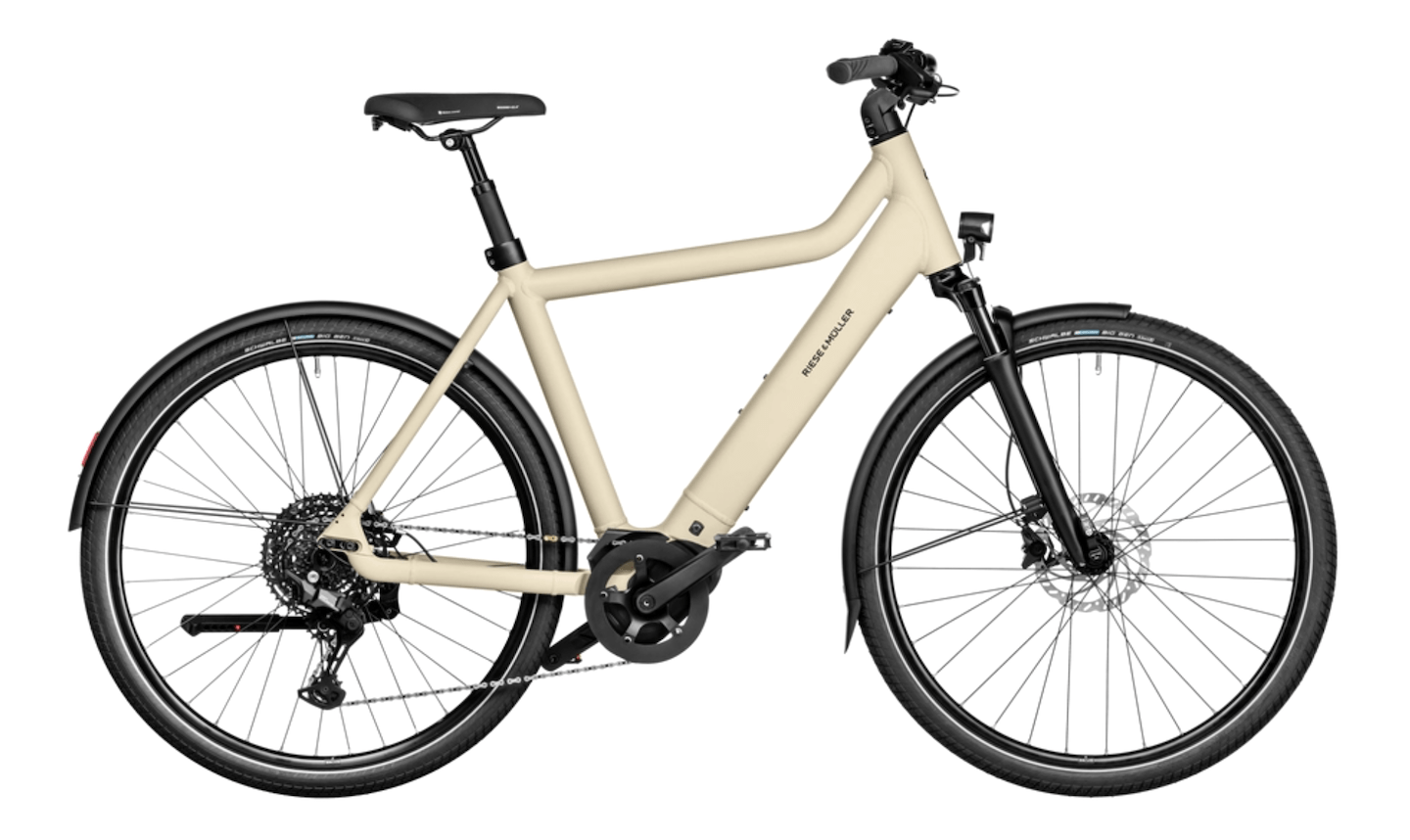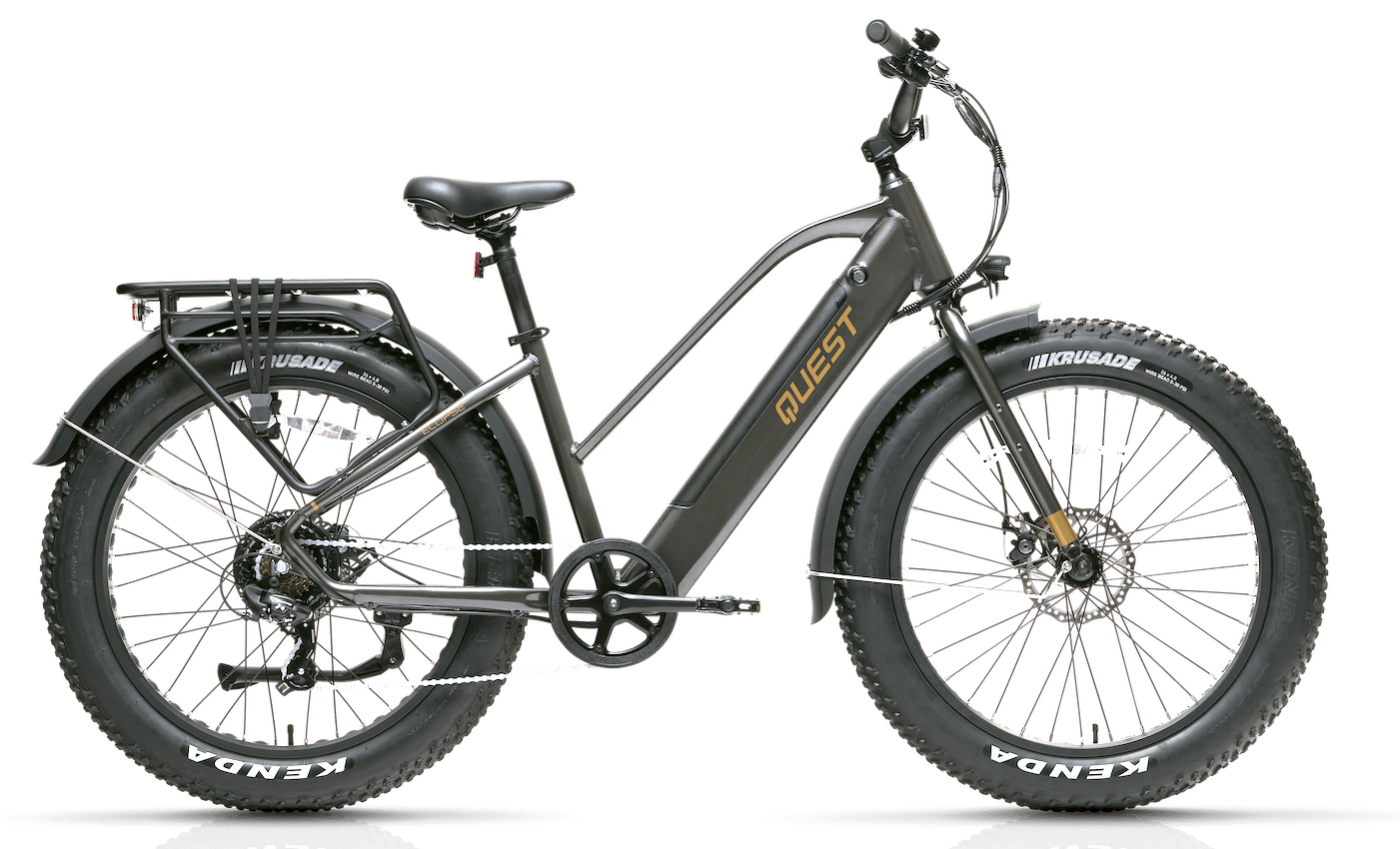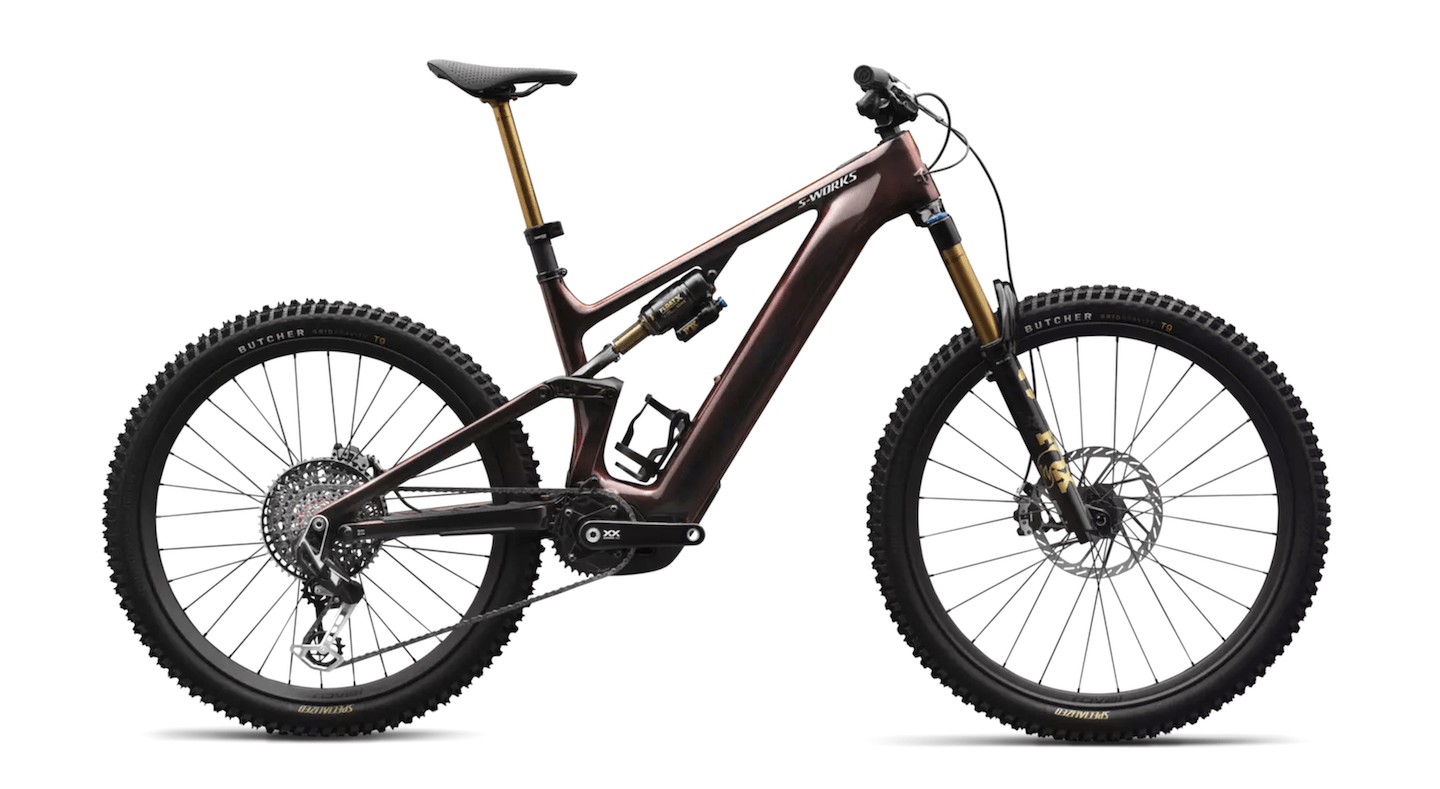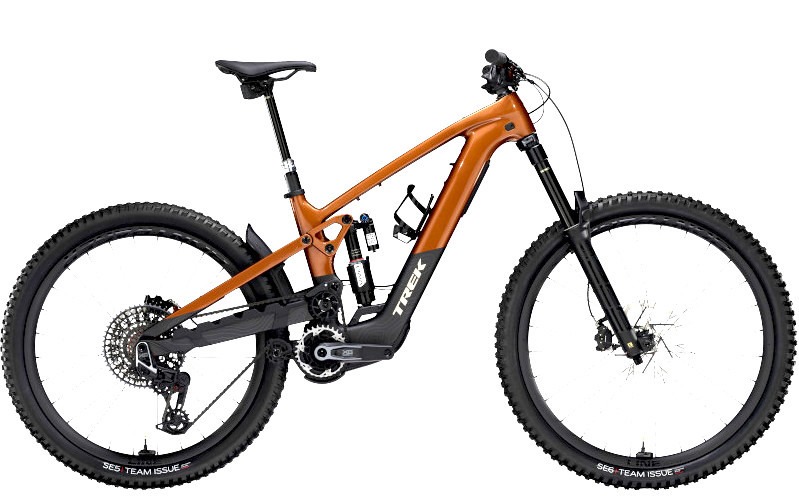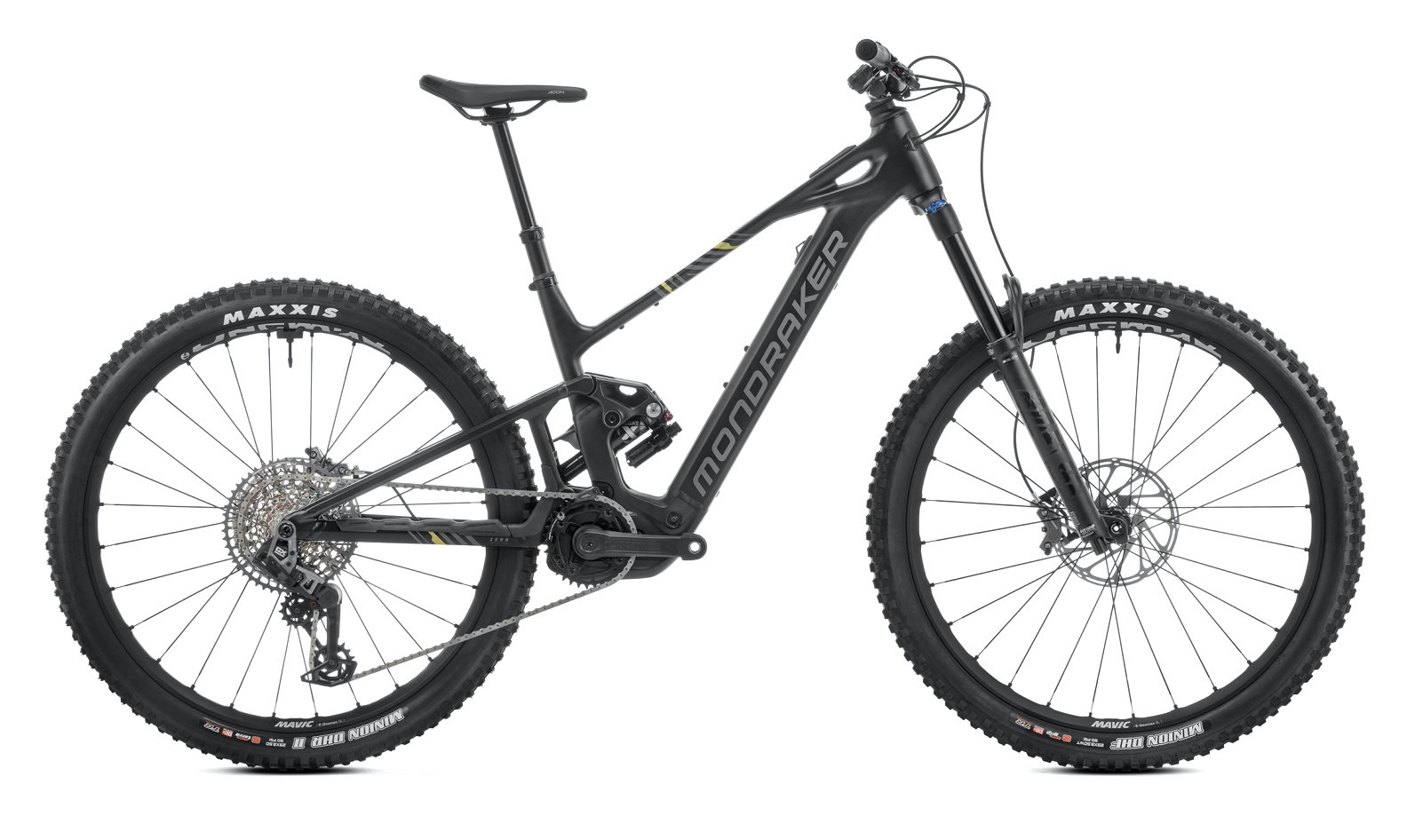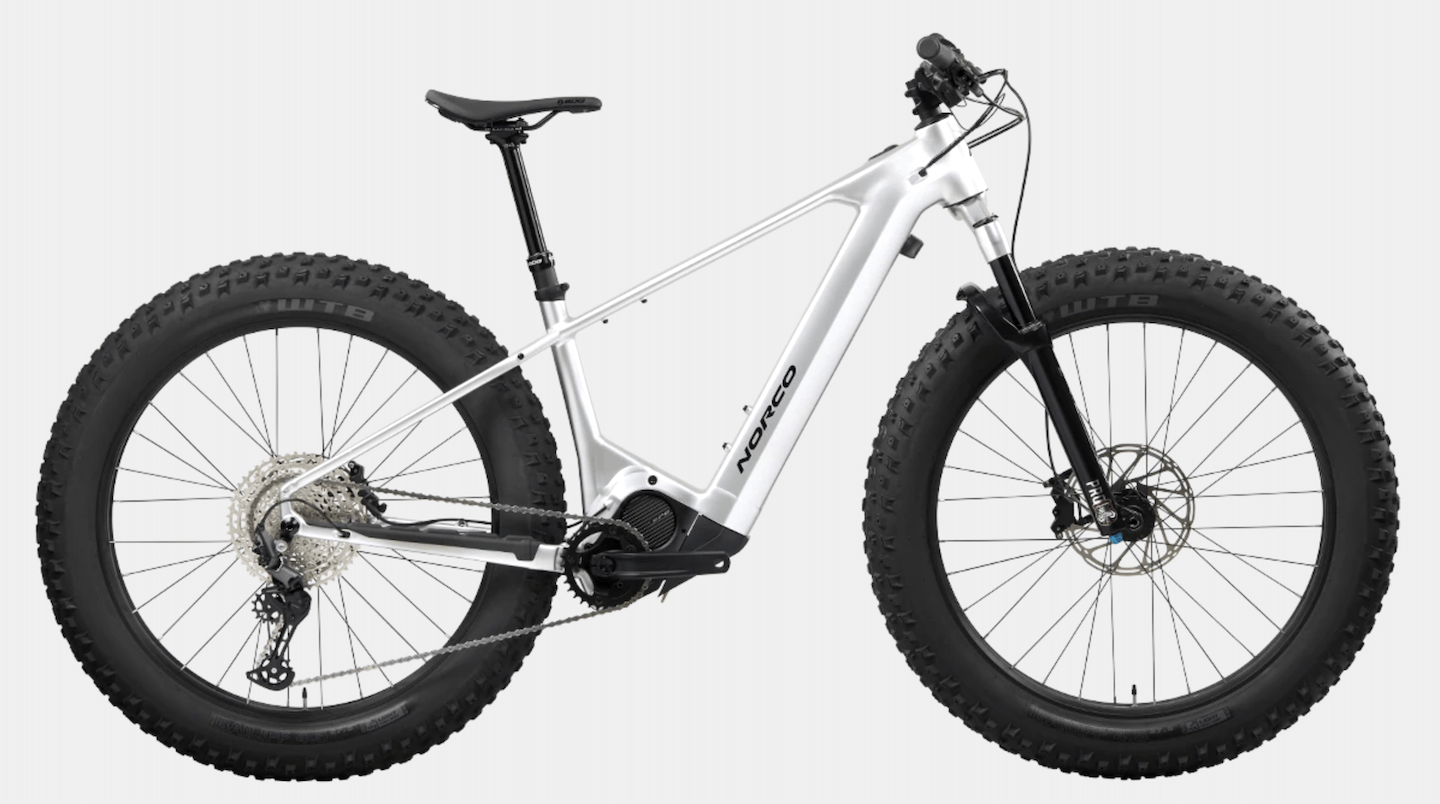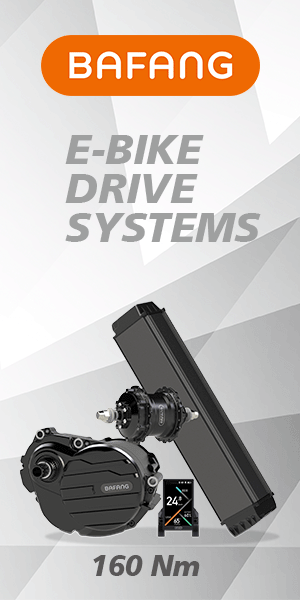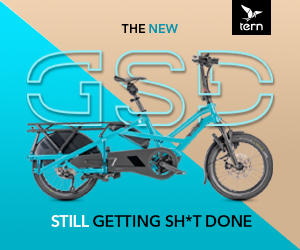March 30, 2022 - We were excited to test the Raleigh Transit Urban e-bike as the brand has been associated with cycling since the late 1800s and is a household name.

Described as a “performance oriented city bike” the Transit is a great example of how the trickle down effect is greatly enhancing entry-level and mid-range e-bikes, making quality products more accessible to a larger part of the population while helping to reduce our dependencies on fossil fuels.
First off, the Raleigh Transit Urban presents itself as a clean, traditional looking e-bike, with the looks of something you might expect to pay much more money for. The 6061 aluminum frame conceals the battery neatly in the downtube, while the steel blue colour gives it an attractive, finished appearance.
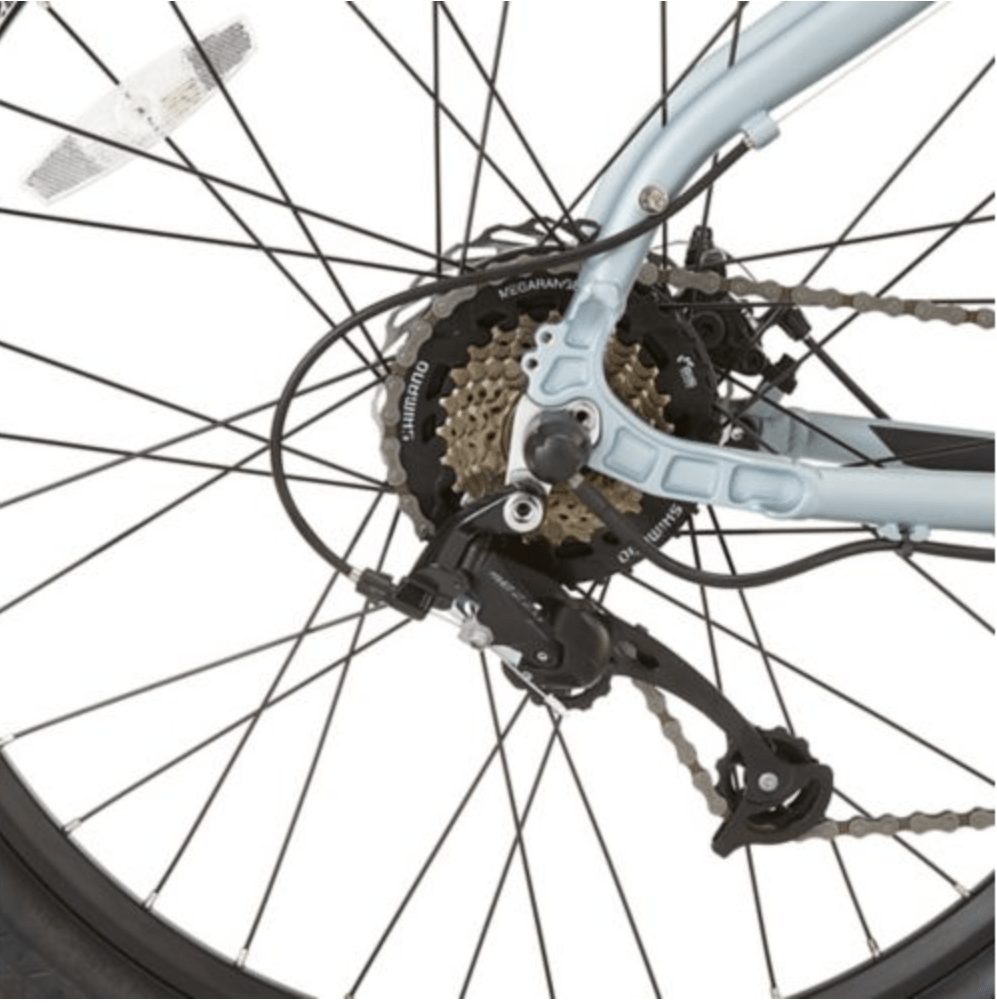
The rear hub motor is almost unnoticeable as it is concealed behind the large 34T Shimano Megarange cog and disc rotor. The mountain-bike inspired 27.5” x 2.4” puncture-resistant tires add to the overall appeal – something like fat bike meets vintage mountain bike. More kudos were in order when loading it into my vehicle for transport, as the 23 kg weight didn’t break my back.
The Transit is equipped with a Microshift 7-speed shifter and rear derailleur to help dial in the perfect cadence for a variety of terrain. The Jak-8 cable disc brakes also lived up to their task to manage speed and delivered stopping power on demand for confident riding.
Powered by a Shengyi 250-watt, 36-volt rear hub drive motor the 10.5Ah frame integrated battery is neatly concealed in the downtube. The built-in cadence sensor activates the motor when pedaling, while a bar-mounted controller manages the five levels of assistance, with an LCD display that indicates speed, distance travelled and battery life.
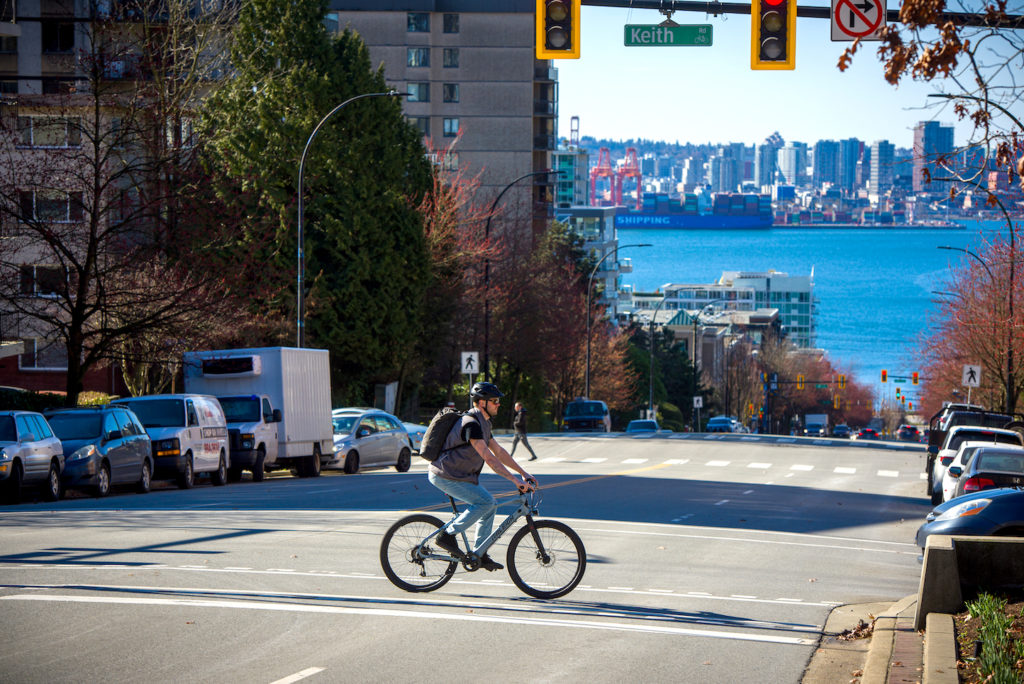
Out on the road, the Raleigh Transit Urban was immediately fun, predictable and reliable, exceeding my pre-ride expectations. As with any new e-bike it took a few minutes to become familiar with the controls and activating the motor is a 2-step process of pushing a small button on the left side of the downtube, and then holding the power button on the LCD controller for a couple of seconds. The initial slight “whirr” of the motor became unnoticeable when underway.
The traditional fit of the frame keeps your position slightly forward which is nice and adds to the feeling of a more performance oriented ride. The pedal assist functioned well with Level 4 allowing me to cruise at the maximum support speed of 32 kph on the flats, while Level 5 did the job to easily get up most of the steeper hills.
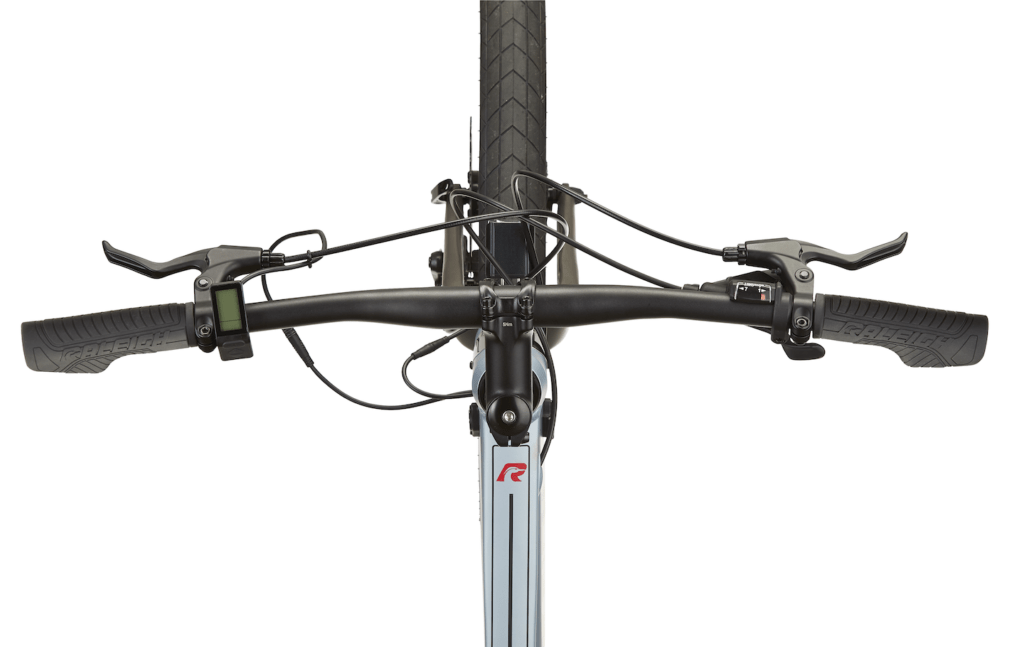
Once in tune with the Transit, I was able to adjust the slight delay in activating the motor from pedal onset when starting on steep gravel paths.
Using the top three power assist levels, the battery range was around 70 km which can be extended when using less assist. Another bonus is that the Transit Urban e-bike is lightweight and can be ridden without the pedal assist – so no worries if you drain the battery.
The front and rear integrated lights are connected to the main battery which allows for reliable, on-demand lighting which is a nice touch for safety and navigating at night.
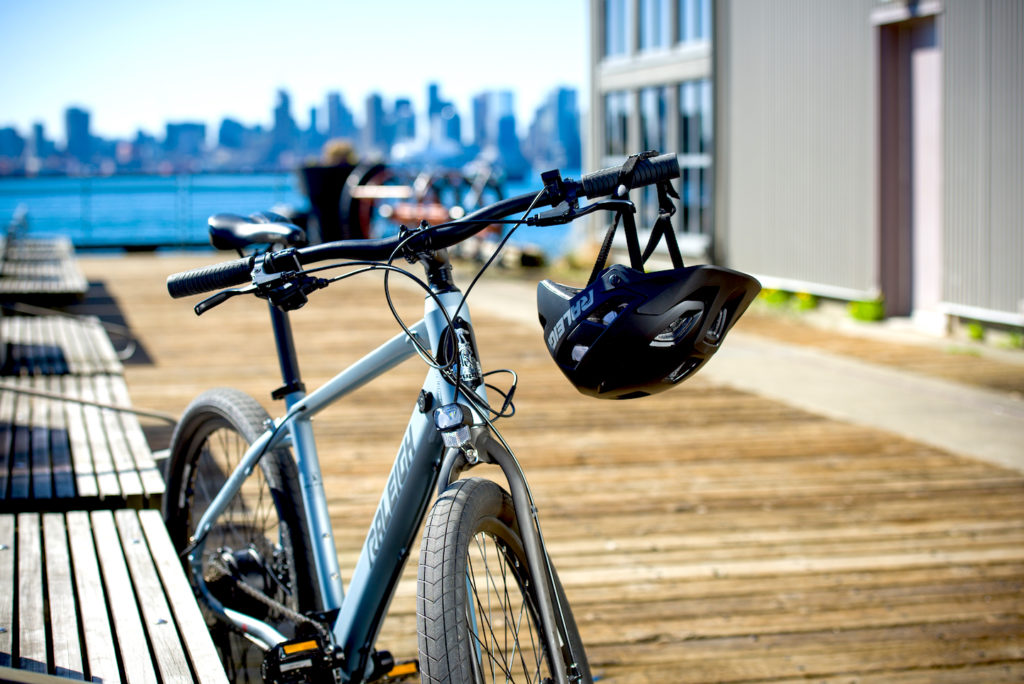
Living in Canada’s “Wet Coast”, the first thing I would add are fenders, followed by a rear rack. Fortunately, the frame comes with integrated mounts so accessorizing it should be a breeze. The wide, 27.5” x 2.4” inch tires help absorb road chatter on the rigid frame, and for longer adventures you might consider swapping out the saddle.
The more I rode the Raleigh Transit Urban e-bike, the more I liked it and felt it lived up to its pedigree and mandate as a “performance-oriented city bike”. If you’re in the market for a new e-bike it’s nice to know that the great trickle down trend is delivering a better quality ride – and having a recognized name like Raleigh gives you a slice of cycling history to boot.
The SRP is $2,199.99 and for more information visit here.



